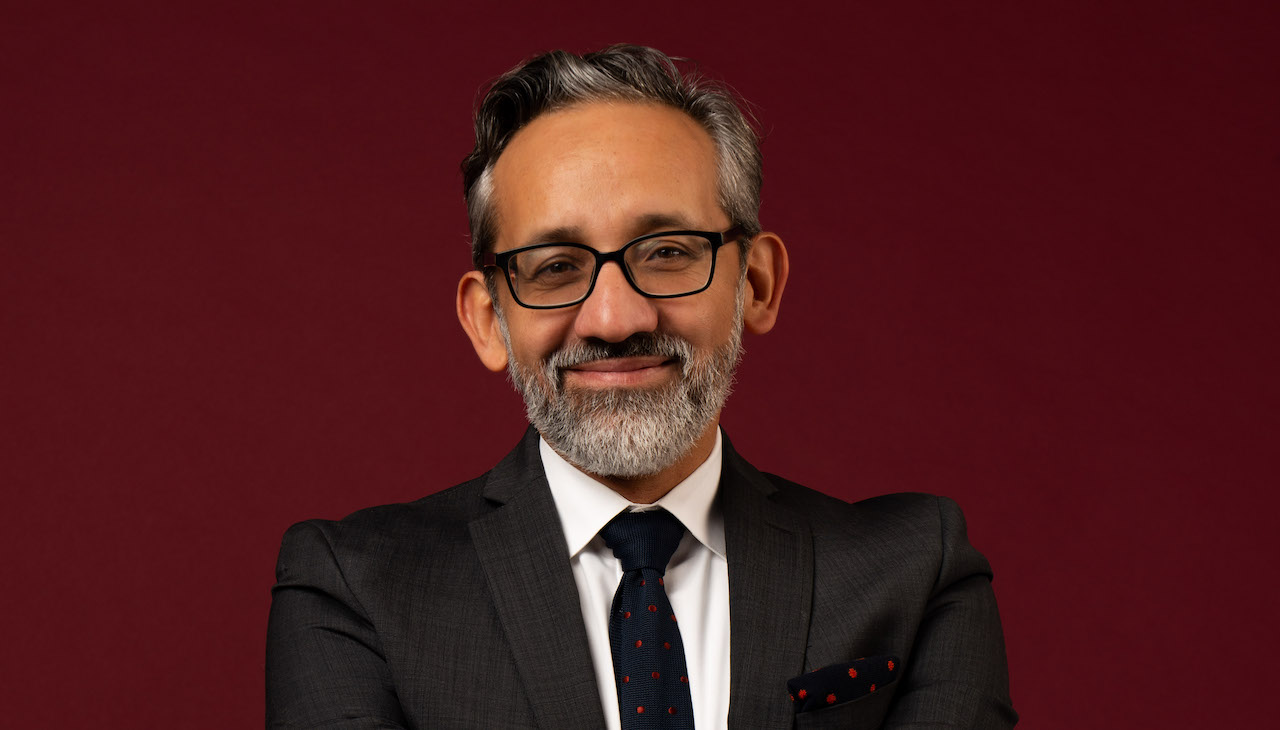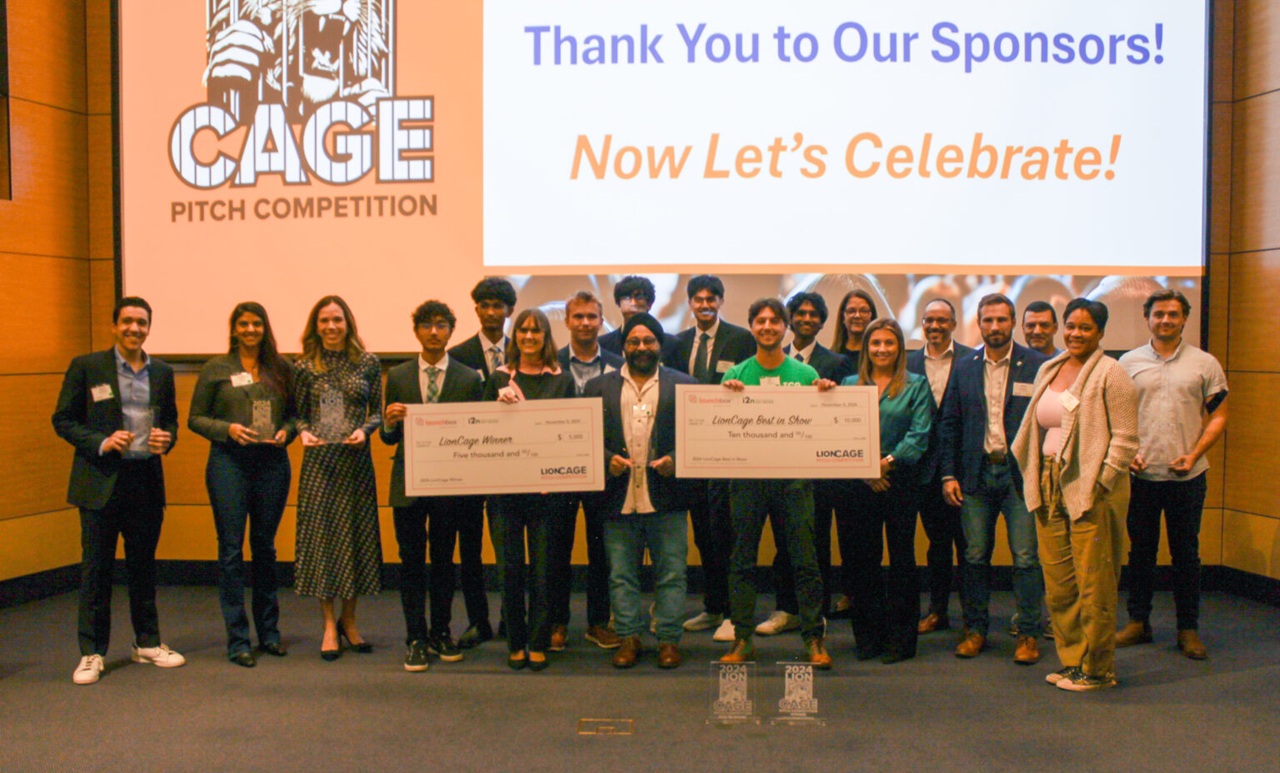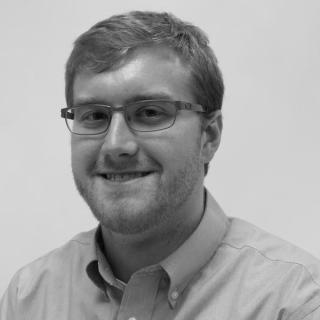
Richard Olaya always did his own thing in architecture and became a Philly pioneer
The founder of Olaya Studio and current principal at the O Z Collaborative is AL DÍA’s Pioneer Award winner at this year’s Top Entrepreneurs Forum and Reception
When Richard Olaya got his first job as an architect during a co-op while at Drexel University, he was 19.
It was the early 1990s, and he walked into a smoke-filled office — they still allowed smoking in workplaces back then — as a new, Latino face on Philadelphia’s architecture scene. He was one of the only ones.
As Olaya told AL DÍA in a recent interview, there was “very little diversity” — both in Drexel’s architecture program and in the workplaces he would call home early in his burgeoning career as an architect.
“There were a lot of older white guys that were in charge of the place,” Olaya said of the environments he often walked into.
One even laid him off during the nine-month recession between July 1990 and March 1991, but he didn’t let it deter him, and eventually found another co-op and more work in his field of choice.
These days — in 2023 — there’s still plenty of challenges as a Latino in architecture (and any industry for that matter), but some of the faces in leadership have changed forever.
“There’s a couple old Latino guys now,” Olaya said. “Myself included.”
This year marks Olaya’s 30th year as an architect in Philadelphia, and he’s also AL DÍA’s Pioneer Award winner to be recognized at its 2023 Top Entrepreneurs Forum and Reception on Feb. 24, 2023.
In 30 years, he’s worked at big firms, small boutique firms, and on the entrepreneurial side, ran his own firm, Olaya Studio, for 13 years in Philly before merging it with another local studio to create The O Z Collaborative. There, he’s led as one of three principal architects for the last four years.
For Olaya, that entrepreneurial spirit is something that’s been in him from his time growing up in Vineland, New Jersey.
Kennedy to Queens… and then Vineland
But before that, he lived the first seven years of his life in the Bogotá neighborhood of Kennedy — named after U.S President John F. Kennedy, who visited the Colombian capital in 1961 and supported the neighborhood’s urbanization movement. It was initially called Ciudad Techo, but was renamed following Kennedy’s assassination in 1963.
It was a “pretty scrappy place,” as described by Olaya, who was raised alongside his three older brothers by his aunt and uncle. Beyond them, the extended family that lived nearby was their early village.
Olaya’s parents left at very early points in his life for the U.S. to create a pathway there for their kids. His dad left when he was two months old, and his mom when he was a year and a half. They set up a base in Queens, New York and took up a number of jobs to save money. His mom was eventually the one who would be sponsored when she worked at a clothing factory. It allowed her to bring Olaya and his brothers to the States.
They arrived in 1977, and almost immediately moved from Queens to Vineland, New Jersey, where Olaya would grow up.
Hard architecture lessons
He first discovered his interest for architecture while at Vineland High School, which had an architecture program that developed his early artistic inclination and desire to put things together — whether Lincoln Logs or action figures — into a full-blown passion.
Olaya was also drawn to structures in the real world.
“I remember looking at buildings and looking at the process of how buildings came to be as something that was always mysterious,” he said.
But there was more to being an architect than met the eye for a young Olaya. For example, when he graduated from Vineland and wanted to go to school for architecture, he knew nothing about needing a portfolio of work to be accepted.
“We learned the hard way,” said Olaya of one fateful trip he took with his parents to the New Jersey Institute of Technology (N.J.I.T.) in Newark, where he was initially hoping to be accepted into its architecture program.
When asked for his portfolio, he didn’t have one.
Creating his own destiny
Olaya’s solution to not having a portfolio was to find a back way in at Drexel, where he applied and first got in to pursue an engineering degree. He pursued that for a little more than two years before switching to its architecture program, and eventually graduated in 1998.
During school, he completed a number of co-ops, and they eventually helped him land his first job at Dagit Saylor Architects, the firm of storied Philadelphia architect Charles Dagit Jr. — who designed a number of buildings for universities big and small in Philly, PA and beyond.
He stayed for eight years, but found it hard to do enough of the work he wanted to, especially with a massive culture difference. Olaya was always someone pushing “to do his own thing.” In that time, he began cultivating the idea to “create his own destiny” in the architecture world.
It started with side projects on the weekend and at night, but eventually bloomed into his own firm, Olaya Studio, which he founded in 2006 at 36 years old.
Hard business lessons
He admitted to AL DÍA to being naïve about the whole process of running his own business when he first started. After all, he was an architect and didn’t go to school for business.
“I’m gonna go hang a shingle, and people will just start calling me,” was how Olaya characterized his early mindset as a business owner.
But in reflection, he was also grateful for the naïvety because as he said — if he had known everything it takes to open and run a business before he started, “I may have never taken the plunge.”
“The first few years, so much was just relearning how to do everything,” Olaya said.
His biggest area of growth was in networking and building upon the modest one he had when he launched Olaya Studio.
To paint a picture of his early experience, Olaya recounted an early event he was invited to by someone in his network that was in real estate.
“I had no idea who anybody was, but I also wasn’t equipped to be able to talk to people and give them my elevator pitch,” he said.
Eventually, he embraced his ambivert personality and learned how to market himself and his business to make it grow — for 16 years.
Olaya Studio
In the time Olaya Studio operated, it undertook a number of different projects at higher education institutions, k-12 schools, religious buildings, and commercial properties, to name a few.
Two proud projects Olaya mentioned to AL DÍA were the Bait-ul-Aafiyat Mosque in North Philly — the largest mosque in the city and the second purposefully built one in Philadelphia after the Bawa Muhaiyaddeen Fellowship Mosque in Overbrook. It’s complete with 22,000 square feet and a 65-foot minaret. When the project was complete, it even got a feature from award-winning architecture columnist Inga Saffron, who wrote about how it represented the growth and comeback of Philly’s Muslim community in the aftermath of 9/11.
The other project Olaya pointed to with pride was the redesign and repurpose of Drexel’s Stratton Hall in 2014. It was an old chemistry building that was transformed into a new home for the school’s Psychology department, complete with office space and classrooms.
I was his alma mater, and took place in the University City neighborhood where he still lives.
“I was beaming,” said Olaya. “I was just so full of pride.”
As happens in an entrepreneur’s life, right around the corner was a major low and learning experience.
In his focus on the big project, Olaya realized too late that there was no new business after its completion. When Stratton Hall was done and without any new work, he was forced to furlough and lay off some of his staff to make ends meet.
RELATED CONTENT
“I was devastated,” he said, and vowed to never let something like that happen again.
Olaya’s next move was to apply and get help from the Goldman Sachs’ 10,000 Small Businesses program. It’s a 12 week program that focuses on business growth.
The experience helped Olaya see some of his business deficiencies and he stabilized the company after the rough patch for further expansion.
Creating The O Z Collaborative
One of the recommendations from an advisor in the program was to bring on another principal architect to help offload some of the leadership duties.
It didn’t happen immediately, but in 2019, Olaya encountered an old Drexel classmate, whose company, BWA Architecture, was very much in the same boat with questions about further growth. They would often see each other throughout the years at pre-proposal meetings bidding on the same projects.
“Instead of competing against each other, why don’t we just align our forces and compete together?” was the idea behind the merger that would eventually create the O Z Collaborative.
It officially formed in 2019, and has been going strong for the last four years, even amid a pandemic that initially put the building of office culture on hold.
The goal now is growth — in the number and size of projects to undertake, the amount of employees (Olaya says a long-term goal is between 25 and 30), and revenue. All are things he remains optimistic about in 2024.
In terms of projects, Olaya said a main focus is on winning contracts from universities to build more centers for life sciences — a major focus as of late in local higher education.
Teaching the next generation
The merger has also allowed Olaya to focus on more things near and dear to his heart — one of them is teaching as an adjunct professor at his alma mater. He leads an architectural design class for second-year students, but also spends class time talking about his experiences in the field.
“That’s extremely rewarding,” said Olaya. “I love going to class and talking about design, about the profession, what it’s like to be an architect.”
He also sees the adjunct position as a continuation of his entrepreneurial roots. At 11, Olaya found his first job in Vineland when his older brother gave him his third newspaper delivery route.
“One job is never enough,” he said of the mindset instilled in him.
Over 30 years, it made him a pioneer in Philly architecture by AL DÍA’s standards — even if he’s never thought of it that way. But it has made him reflect.
“I’ve never followed the normal path — what my peers or family would expect,” said Olaya.
He’s always struck out on his own, and did it with Olaya Studio, before continuing with The O Z Collaborative today. Through it all, it’s never been easy given his background.
“I did not have this entrenched culture of recognition and network that exists within American society,” said Olaya. “I’m starting everything from scratch. I’m starting my life from scratch. I’m starting my business from scratch.”
And he still found success.
His advice for the next generation?
“Empower yourself with the skill sets to be able to do what you enjoy,” he said.
And don’t forget to network.











LEAVE A COMMENT: